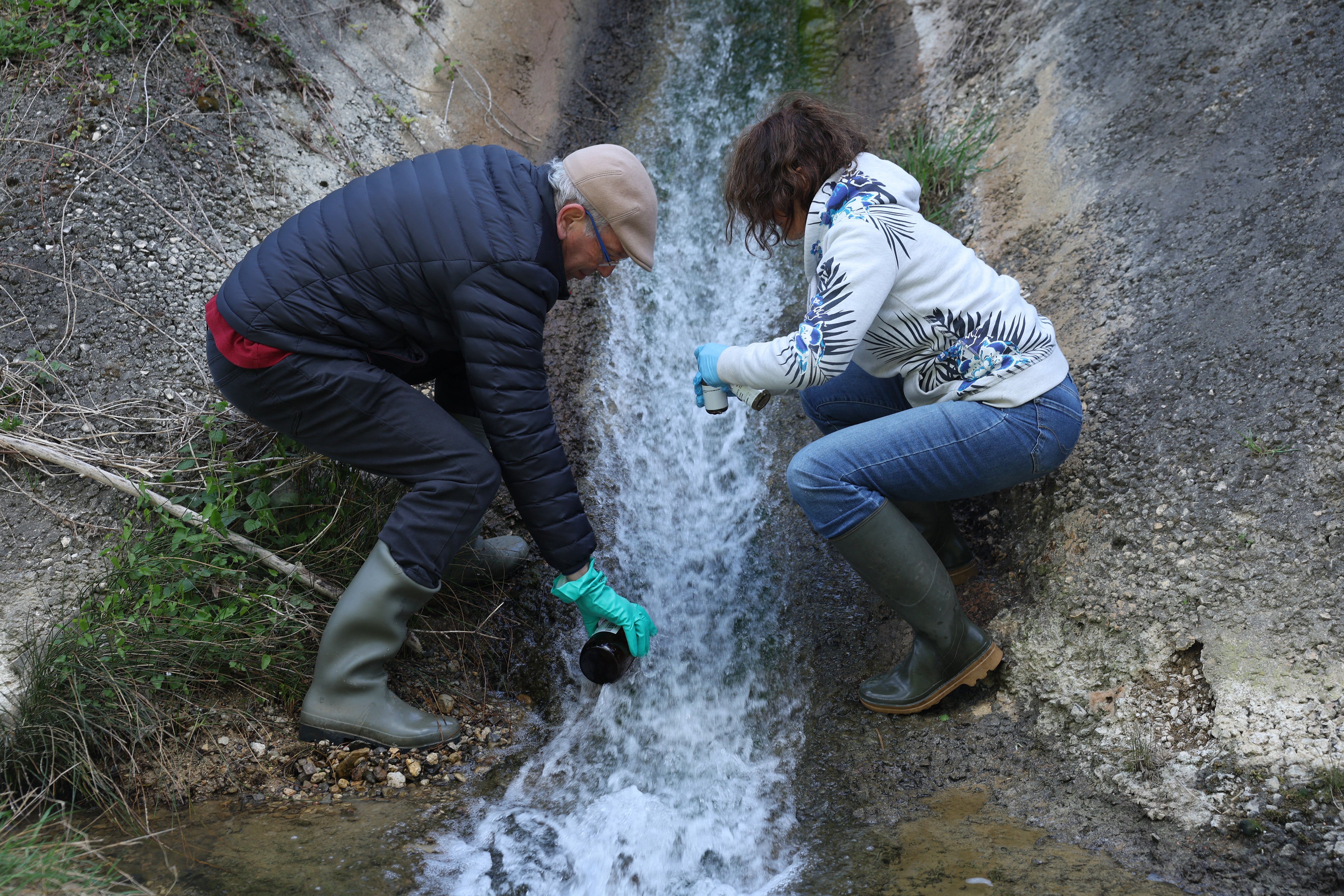
RAF bases, airports and fire stations are amongst the biggest hotspots of “forever chemical” pollution, an Environment Agency report has revealed.
Linked to serious health issues, these toxic substances are commonplace in the UK, and virtually indestructible.
Technically called PFAS or PFOS, forever chemicals are a family of more than 10,000 human-made substances. They are only manufactured by a relatively small number of companies, but are widely used in everyday products and processes.
Forever chemicals can be found in non-stick pans, pizza boxes, cosmetics, waterproof fabric, greaseproof paper, and certain carpets and flooring, and are used for their resistant properties.
Documents from the Ministry of Defence (MoD) show that some of the highest concentrations of the chemicals can be found in RAF bases across the UK. Groundwater samples from RAF Benson in South Oxfordshire have been recorded as high as 7,700 nanograms a litre (ng/l). The maximum allowable level for drinking water in England is 100ng/l.
Similar levels have been recorded in Lincolnshire at RAF Coningsby and RAF Waddington, which is located in a drinking water supply zone. Anglian Water samples also show that chemicals from RAF Mildenhall in Suffolk could be contaminating nearby drinking water sources.

A former RAF base in Duxford is another hotspot, with over 1,000 homes nearby in South Cambridgeshire supplied with water from an aquifer containing high levels of PFAS. This is likely due to pollution from firefighting foams used at the base, which is now owned by the Imperial War Museum. Cambridge Water has apologised but says the contamination would not have reached customers because the water was blended with another source.
An MoD spokesperson said: “Ensuring the safety of our staff, personnel and the public is our number one priority and that’s why we are complying with the relevant legislation and regulations. As understanding of these chemicals has changed, we have responded accordingly. We have prioritised a programme of investigation of our sites, which has been agreed with the Environment Agency.”
Fire stations are also among some of the most PFAS-contaminated hotspots. At the Angus firefighting foam plant and training centre in Bentham, North Yorkshire, PFAS from firefighting foams have polluted the groundwater, causing the town to become the most contaminated in the UK.
Angus Fire says it has ceased its production and is working with the Environment Agency to tackle the issue. The company may yet face legal action from residents.
Heathrow Airport is another contamination hotspot, with high levels of groundwater contamination and both rivers adjacent to the site failing their chemical status test for PFOS. The airport says it has been monitoring the chemicals since 2011, has invested £30m in combatting the issue, and has ceased using firefighting foams containing PFAS and PFOS.
However, the number of PFAS hotspots across Europe is increasing, an investigation by The Forever Lobbying Project has found. These include most landfills, airports, sewage areas, and manufacturers and industrial users of PFAS in the UK.







